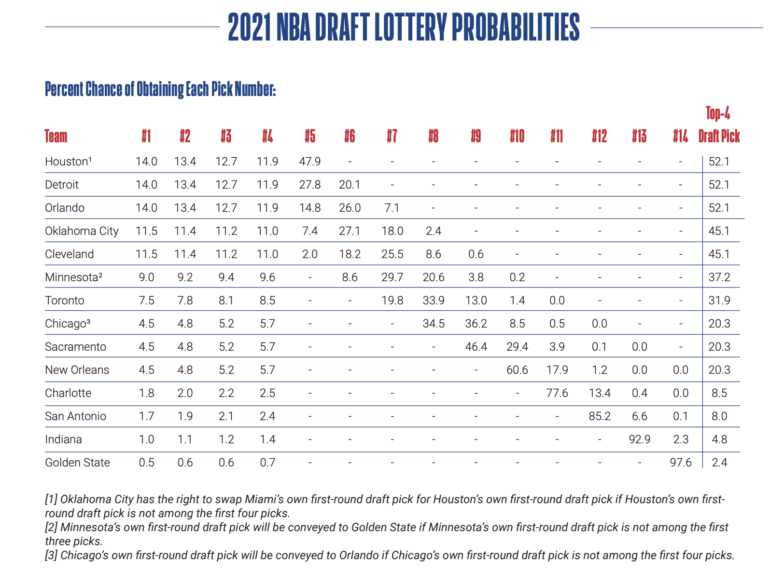Auto Industry In China: Case Studies Of BMW And Porsche's Market Challenges

Table of Contents
Intense Competition and Market Saturation
The Chinese auto market is characterized by intense competition. Established domestic brands and a surge of new energy vehicle (NEV) startups are aggressively vying for market share, creating a highly saturated market. This intense competition directly impacts pricing and profitability for established luxury brands like BMW and Porsche, forcing them to adapt and innovate.
- Rise of Domestic Giants: Chinese automakers like BYD, Geely, and NIO are rapidly gaining global recognition and market share, leveraging their understanding of local consumer preferences and offering competitive pricing.
- Aggressive Pricing Strategies: Domestic brands often employ aggressive pricing strategies, undercutting established players and impacting the profitability of luxury vehicles. This necessitates a careful balancing act for luxury brands to maintain their premium image while remaining competitive.
- Government Subsidies: Government subsidies and incentives heavily favor domestic NEV manufacturers, creating an uneven playing field and further challenging the market penetration of international luxury brands.
- Localization is Key: To effectively compete, luxury brands must adopt robust localization strategies, adapting their products and marketing to resonate with Chinese consumer preferences and cultural nuances.
Shifting Consumer Preferences and Demand for Electric Vehicles (EVs)
Chinese consumer behavior is rapidly evolving, driven by increasing environmental awareness and a strong preference for technologically advanced vehicles. This translates into a dramatic surge in demand for electric and hybrid vehicles (EVs and NEVs). For luxury brands like BMW and Porsche, this shift necessitates significant investments in EV technology, infrastructure, and marketing strategies.
- Tech-Savvy Consumers: Chinese consumers are highly tech-savvy, demanding advanced features, connectivity, and driver-assistance technologies in their vehicles. Meeting these expectations is paramount for success.
- Digital Marketing Dominance: Reaching the Chinese consumer effectively requires a strong online presence and sophisticated digital marketing strategies, including social media engagement and targeted online advertising.
- Charging Infrastructure Challenges: The widespread adoption of EVs hinges on the availability of a robust and reliable charging infrastructure. The expansion of charging networks is a crucial factor influencing EV adoption and market penetration.
- Competition from Chinese EV Startups: Domestic EV startups are developing cutting-edge technology at competitive prices, posing a considerable challenge to established luxury brands in the rapidly growing luxury EV market in China.
Regulatory Hurdles and Government Policies
The Chinese government plays a pivotal role in shaping the automotive industry through its regulatory framework, tariffs, emission standards, and localization requirements. Navigating these complexities is crucial for success and requires a nuanced understanding of the political and economic landscape.
- Stringent Emission Standards: China has implemented increasingly stringent emission standards and fuel efficiency regulations, pushing automakers to invest heavily in cleaner technologies.
- Import Tariffs and Trade Barriers: Import tariffs and other trade barriers can significantly impact the profitability of imported luxury vehicles, forcing brands to consider localized production to mitigate these costs.
- Data Security and Privacy: Regulations related to data security and privacy are becoming increasingly stringent, requiring automakers to comply with strict data localization and handling protocols.
- Complex Local Regulations: Compliance with intricate local regulations, including licensing and certification processes, presents a significant administrative burden for international automakers.
BMW and Porsche's Specific Challenges and Strategies
BMW and Porsche have adopted distinct strategies to address the challenges outlined above. While both brands face similar headwinds, their approaches highlight different pathways to success within the Chinese automotive market.
- BMW's Localization Focus: BMW has prioritized localized production and the development of model variations specifically tailored to Chinese consumer preferences. This strategy aims to reduce costs associated with import tariffs and enhance market responsiveness.
- Porsche's Brand Prestige: Porsche has maintained its focus on brand exclusivity and prestige, leveraging its strong brand image to command premium prices despite the competitive landscape.
- Digital Marketing and Online Sales: Both brands have invested heavily in digital marketing and online sales channels to reach the digitally-savvy Chinese consumer. This includes leveraging social media platforms and creating engaging online experiences.
- Adapting to Consumer Preferences: Both BMW and Porsche are actively adapting their product offerings and marketing strategies to align with the evolving preferences of Chinese consumers, emphasizing technological advancements and sustainable features.
Conclusion
The Chinese auto market is a complex and fiercely competitive arena demanding adaptability, innovation, and a deep understanding of local consumer behavior. Both BMW and Porsche face significant hurdles, including intense competition, the rapid growth of the electric vehicle sector, and a complex regulatory landscape. Their distinct strategies offer valuable insights into how international brands can effectively navigate this crucial market. Understanding the intricacies of the Chinese auto industry is essential for navigating its challenges and unlocking its immense potential. Continue learning about the latest trends and challenges to make informed business decisions and thrive in this dynamic and lucrative sector. Successfully navigating the complexities of the Chinese auto market requires ongoing adaptation and a keen awareness of the evolving preferences of Chinese consumers.

Featured Posts
-
 Nba Draft Lottery Toronto Raptors Top Seven Odds
May 13, 2025
Nba Draft Lottery Toronto Raptors Top Seven Odds
May 13, 2025 -
 Simu Liu On The Avengers Doomsday Cast A Mind Blowing Experience
May 13, 2025
Simu Liu On The Avengers Doomsday Cast A Mind Blowing Experience
May 13, 2025 -
 Ovechkin Ties Gretzkys Nhl Goal Record 894 And Counting
May 13, 2025
Ovechkin Ties Gretzkys Nhl Goal Record 894 And Counting
May 13, 2025 -
 The Hobbit The Battle Of The Five Armies Exploring The Characters And Conflicts
May 13, 2025
The Hobbit The Battle Of The Five Armies Exploring The Characters And Conflicts
May 13, 2025 -
 Asap Rockys Legal Web 50 Cent Tory Lanez And The Expanding List Of Accusations
May 13, 2025
Asap Rockys Legal Web 50 Cent Tory Lanez And The Expanding List Of Accusations
May 13, 2025
